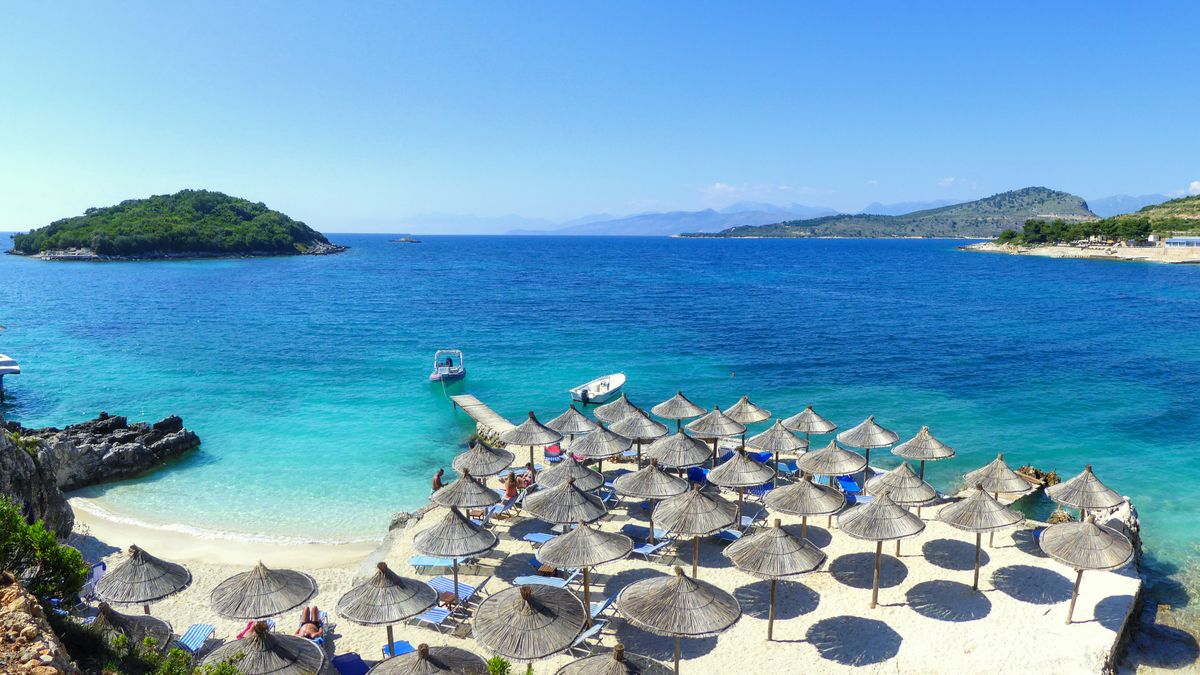Our holiday habits are changing in a bid to “avoid the impact of over-tourism, save money and make new discoveries”. Holidaymakers are increasingly on the lookout for “alternatives to more obvious holiday hotspots”, and opting for “step-sibling” destinations that offer a similar experience.
According to the British Airways Travel Trends Report, released last week, 31% of UK consumers said they would opt for “lesser-known alternative locations”.
This type of thinking “outside the box” will become more commonplace in 2024 and 2025, as “travellers become more curious about less well-known locations, consider their environmental impact and take inspiration from insider recommendations on social media that might be cheaper or offer more value”.
Subscribe to The Week
Escape your echo chamber. Get the facts behind the news, plus analysis from multiple perspectives.
SUBSCRIBE & SAVE
Sign up for The Week’s Free Newsletters
From our morning news briefing to a weekly Good News Newsletter, get the best of The Week delivered directly to your inbox.
From our morning news briefing to a weekly Good News Newsletter, get the best of The Week delivered directly to your inbox.
So where are the alternative destinations that can compete against the originals?
Dubai welcomed over a million UK tourists last year, but it has a neighbouring “smaller substitute”, said The Sun. The northernmost emirate of Ras Al Khaimah, usually referred to as “RAK”, often “flies under the radar when people think of the United Arab Emirates”, but it’s a great – and cheaper – alternative to Dubai. RAK is known for its “endless miles of terracotta-coloured coastline, desert, and year-round warm weather”, and you can swim, relax, shop, head off on a desert safari or experience the world’s longest zip line.
Imagine a trip to the Maldives, and “a stilted, over-water hideaway is the first thing many people picture”, said The Independent. However, there are other options for “over-water opulence”, with stays offering the same sense of “serenity and luxury”.
On the “pint-sized Belizean island” of Cayo Espanto, there are just seven sea villas, while in the Banyan Tree Mayakoba Resort in Mexico’s Playa del Carmen, the villas are set on “wildlife-filled waterways”. In Malaysia, the St Regis Langkawi is “less over-water villa and more over-water palace”, while the lake villas in Thailand’s Khao Sok national park have views of “forested mountains, bird-dotted limestone cliffs and the lake’s emerald-green water”.
Closer to home, Europe has several destination doppelgangers for beach holidays – for a “fraction of the price”, said The Telegraph. Instead of “crowded favourites”, head instead to “stunning secret seaside spots” in Eastern Europe.
This can net serious savings, with half-board in a four-star hotel from £35 per person per night, compared with “a similar stay in Marbella” at upwards of £500. Holiday spending is likely to be lower too, said the newspaper, with a sunset cruise priced at £15 in Montenegro compared to £55 in Mykonos, with sunbed and umbrella hire costing £10 and £50, and cocktails coming in at £4 and £14.
Among other recommendations are Albania’s “very own ‘Ionian Pearl'”, the Ksamil Islands; the “mesmerising emerald pool” of Kravica Waterfalls, Bosnia and Herzegovina; the “Hungarian Sea” of Lake Balaton, and “21 miles of silky, white sand beach” in Jūrmala, near the Latvian capital, Riga.








/static.texastribune.org/media/files/f5fdb1dff4d6fd788cba66ebaefe08d0/Paxton_GOP_Convention_2018_BD_TT.jpg)

